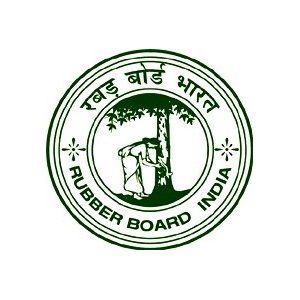Innovative rubber recovery process revolutionizes industry
Kottayam, India – The Rubber Research Institute of India (RRII) has unveiled a groundbreaking method to recover high-quality rubber from skim latex, a by-product of Centrifuged Latex (Cenex) production. This innovative process promises to transform the rubber industry by significantly improving efficiency and environmental sustainability.
Traditionally, recovering rubber from skim latex has been a time-consuming and resource-intensive process. However, RRII’s new method reduces the processing time to just 24 hours and eliminates the need for plastic sacks, making it a more eco-friendly option. The recovered rubber, branded as Indian Purified Skim Rubber (IPSR), boasts superior quality and lower costs, making it highly attractive to manufacturers.
This breakthrough not only enhances rubber recovery but also alleviates the pressure on effluent treatment systems at manufacturing units. By turning waste into valuable resources, RRII’s innovation is set to make a substantial impact on the rubber industry, paving the way for a more sustainable future.
The development of IPSR is a testament to RRII’s commitment to advancing rubber technology and promoting environmental sustainability. The institute has been at the forefront of rubber research for decades, continually striving to improve the quality and efficiency of rubber production. This latest innovation is expected to benefit not only the rubber industry but also the broader economy by reducing costs and minimizing environmental impact.
Manufacturers are already showing keen interest in IPSR, recognizing its potential to streamline production processes and enhance product quality. The adoption of this new method could lead to significant savings in both time and resources, further solidifying RRII’s reputation as a leader in rubber research and development.
As the rubber industry continues to evolve, RRII’s innovative approach to skim latex recovery represents a major step forward. By harnessing the potential of waste materials, the institute is paving the way for a more sustainable and efficient future, ensuring that the rubber industry remains competitive and environmentally responsible.

